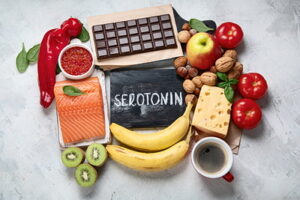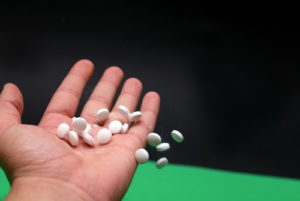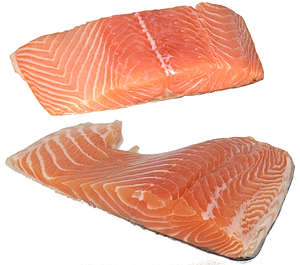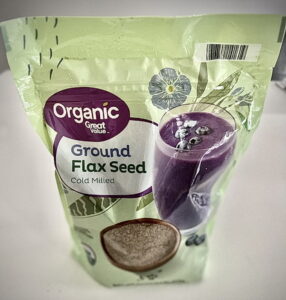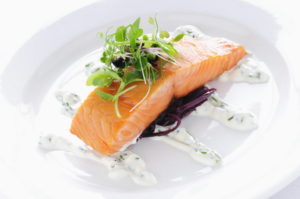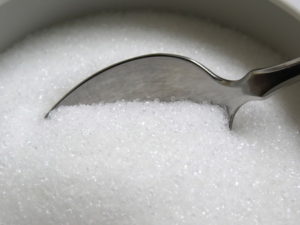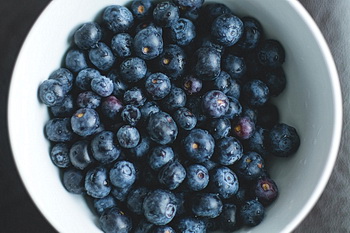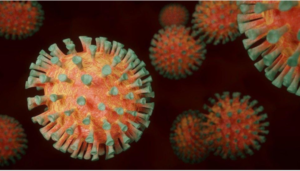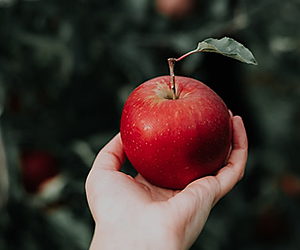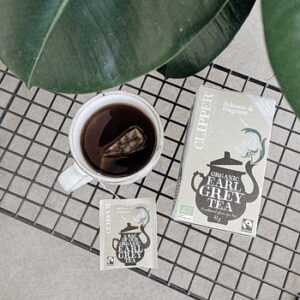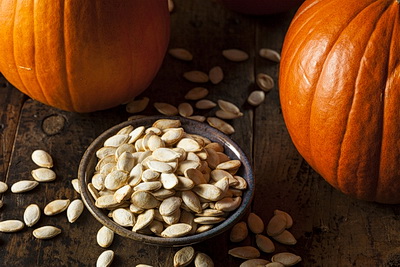
Who would have thought that the little, orange-shaped seeds we call “pumpkin seeds” could be so powerful? Not only are pumpkin seeds delicious, but they provide an abundance of essential nutrients and health benefits. Studies show that these tiny grains of plant life can help to improve digestion, reduce inflammation, and even aid in weight loss.
Being packed with essential vitamins and minerals, to containing powerful antioxidants, pumpkin seeds are truly a superfood!
Nutritional Profile
About 25-30% of pumpkin seed weight is protein. They are also a good source of dietary fiber and iron, which is great for your blood flow. They also contain zinc, which helps to strengthen the immune system, and are rich in vitamins thiamin, folate, and vitamins A, B, and E. Additionally, they are high in beneficial fatty acids, such as linoleic, oleic, and palmitic acids.

If that is not enough, these plant wonders are a great source of antioxidants, reducing inflammation and protecting against cell damage and disease, and they contain magnesium and potassium. Two minerals that are important for healthy muscle and nerve function.
Health Benefits of Pumpkin Seeds
Here is a breakdown of the benefits that pumpkin seeds can offer you.
Great for Weight Loss

The high protein and fiber content of these natural seeds can help to promote fullness and reduce hunger and cravings. Additionally, the healthy fats found can help to keep you feeling satisfied longer.
Improved Digestion
They are a good source of dietary fiber, which can help to promote healthy digestion and prevent constipation. Magnesium helps to relax the muscles of the digestive tract, which can help to reduce symptoms of irritable bowel syndrome. Additionally, healthy fats can lubricate the digestive system and reduce inflammation.
Reduces Inflammation
The antioxidants and anti-inflammatory properties can help to reduce inflammation throughout the body. High levels of polyunsaturated fats can reduce the risk of chronic diseases. Additionally, they can help to reduce pain associated with arthritis and other inflammatory diseases.
Improves Heart Health
Pumpkin seeds contain healthy fats, fiber, and antioxidants, all of which can help to keep your heart strong. Healthy fats help to reduce cholesterol levels, while fiber helps to keep blood sugar levels steady.
How to Add Pumpkin Seeds to Your Diet
-
-
- Snack on them raw: They are a great snack on their own and can be eaten raw or roasted for a delicious crunchy snack.
- Add them to salads: Puy them into salads for a nutritious and delicious crunch.
- Sprinkle them on top of yogurt: The crunchy texture and nutty flavor are a great combination.
- Use them in baking: Punkin seeds can be added to a variety of baked goods, from muffins to granola bars.
- Add them to smoothies: Add them to smoothies for an extra boost of nutrition.
-
Recipes
Pumpkin seeds are a versatile ingredient that can be used in a variety of dishes. Here are some delicious recipes that make use of pumpkin seeds.
-
-
- Roasted Pumpkin Seeds: A simple and tasty snack. Simply toss the seeds in olive oil, salt, and pepper and bake them in the oven.
- Pumpkin Seed Pesto: This is a great way to add a nutty flavor to any dish. Simply blend them with olive oil, parmesan cheese, garlic, and lemon juice for a delicious pesto sauce.
- Granola Bars: Simply combine them with rolled oats, honey, and nuts for a nutritious treat.
- Porridge: Add them to your favorite porridge recipe for an extra boost of nutrition.
- Hummus: Hummus on its own is nutritious. Now add the seeds for a delicious and nutritious dip. Simply blend chickpeas, tahini, pumpkin seeds, olive oil, and garlic for a flavorful dip.
-
Conclusion
Pumpkin seeds are a delicious superfood that is packed with essential nutrients and health benefits. They are a great source of protein, fiber, vitamins, minerals, and antioxidants.
They can help to improve digestion, reduce inflammation, promote weight loss, and improve heart health. So, what are you waiting for? Unlock the power of pumpkin seeds and enjoy all the health benefits they have to offer!




